Letting art do the work that science cannot: Bonanza Creek’s In a Time of Change program
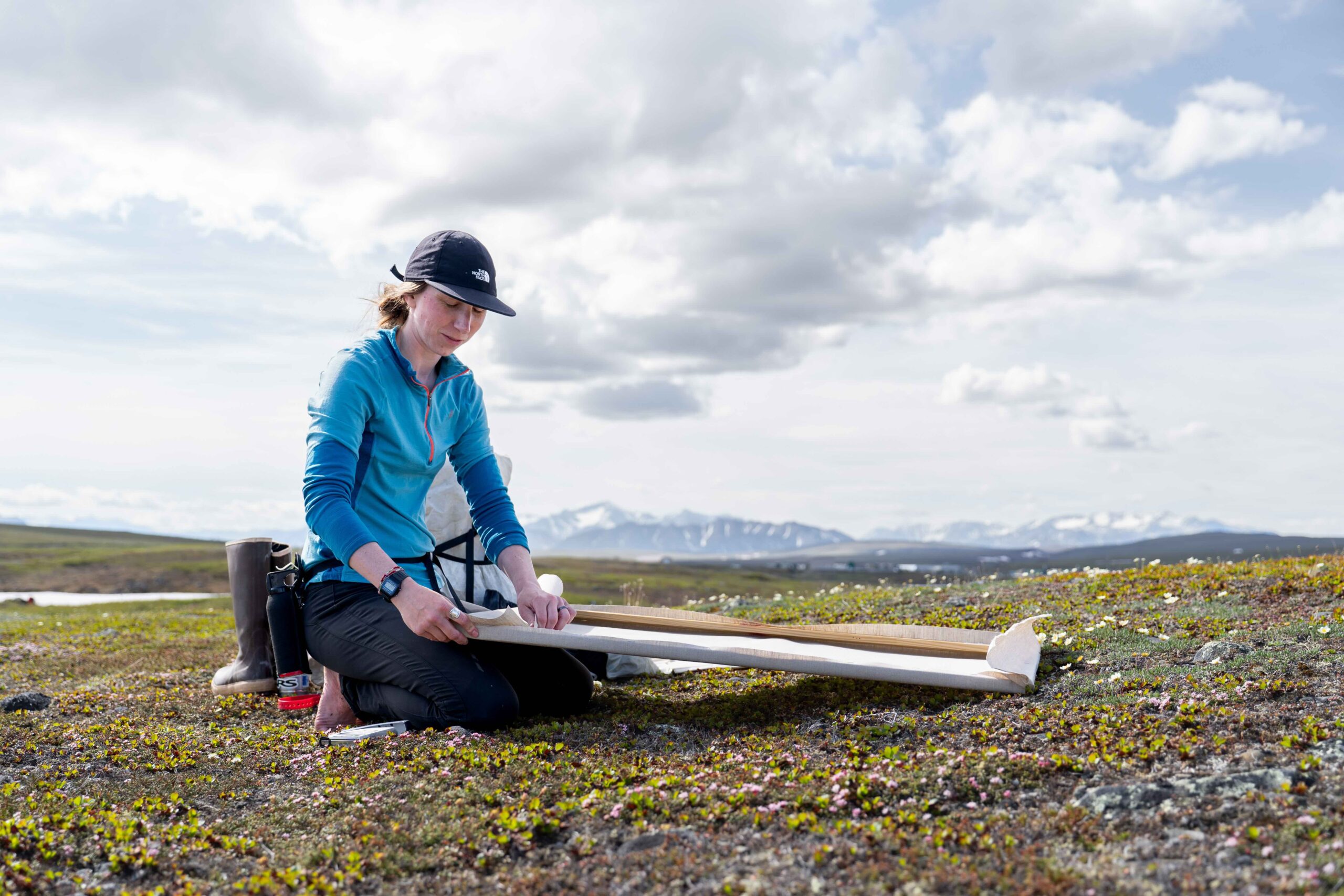
The In a Time of Change program at the Bonanza Creek LTER brings together artists and scientists to generate new ways of understanding nature.

The In a Time of Change program at the Bonanza Creek LTER brings together artists and scientists to generate new ways of understanding nature.

The CoRRE Working Group continues to develop new ways to study plant community change across the globe.

We spent nearly three months at Toolik Field Station studying processes in the Arctic tundra that range from individual fluorescence in leaves to tree growth north of the treeline!
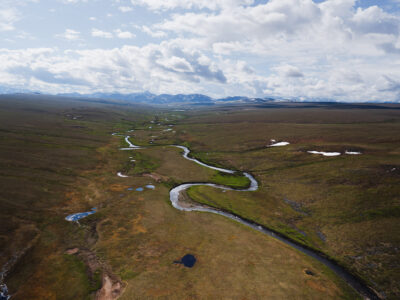
An experiment at treeline, one on the tundra, one in the Kuparuk. Each has provided researchers with valuable truths about how each Arctic system responds to change.
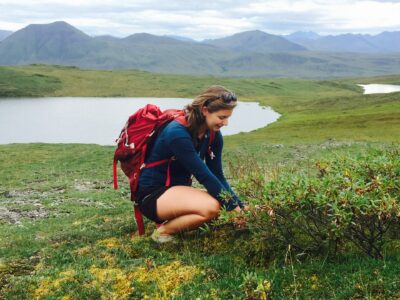
Scientists at the Arctic LTER find that different points along a gradient of soil fertility aid ectomycorrhizal and ericaceous tundra shrubs. Their findings hint at the potential for those two types of shrubs to co-expand over the Arctic—a previously unconsidered scenario that could have vast implications for the future of the northern tundra
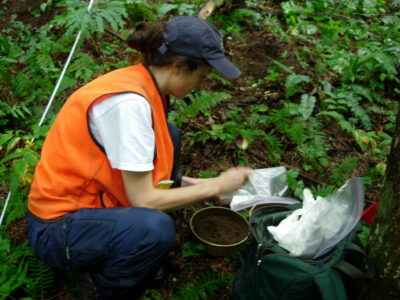
An LTER cross site synthesis effort reveals that soil carbon availability determines nitrogen mineralization and nitrification rates across a wide diversity of terrestrial ecosystems.

The Arctic tundra ecosystem has naturally low biodiversity and is experiencing changes due to the influences of climate change. Over the past 30+ years, researchers at the Arctic LTER site have developed a suite of experiments to study the effects of expected climate changes on the ecosystem as well as conducting continued monitoring of ecosystem… Read more »

The shared spaces between LTER and NEON add value for both networks and for the research community at large.
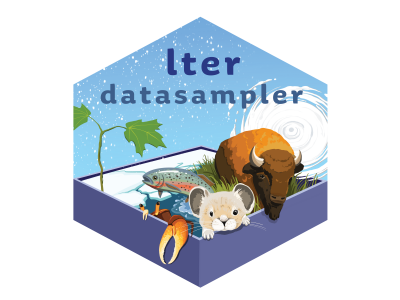
We are excited to share with the broader R community a new collection of 8 data samples geared towards teaching environmental data science!
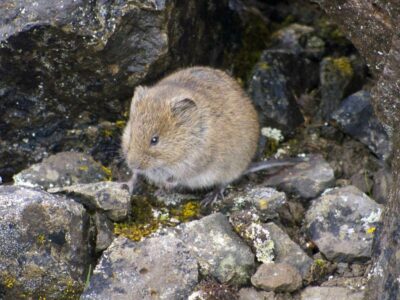
Explicit representation of voles improves models of the impacts of climate change on Arctic ecosystem function